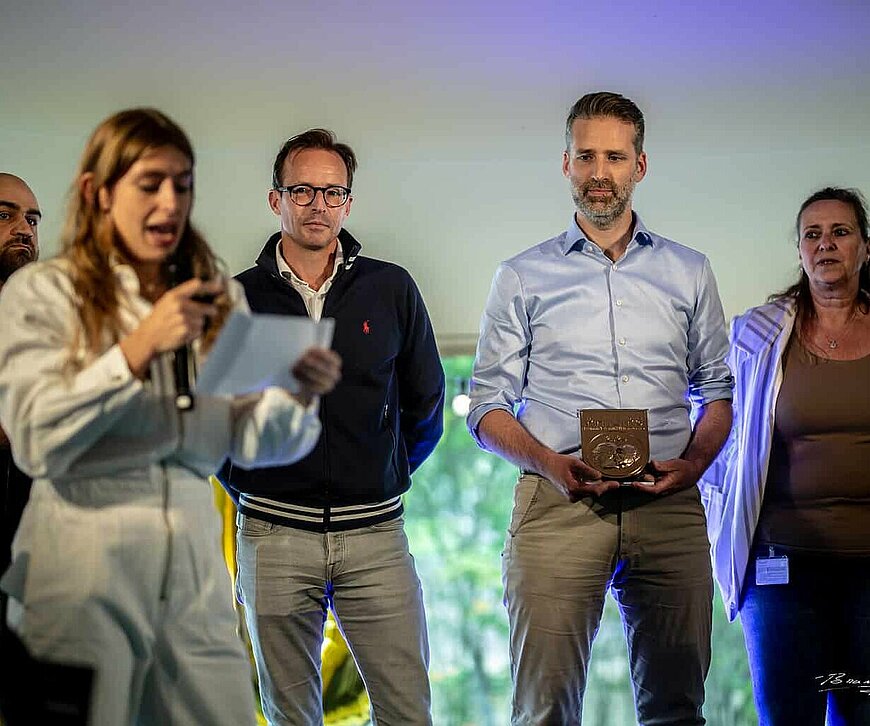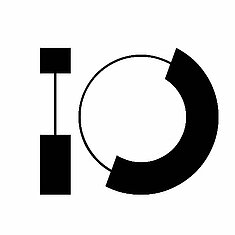Sirius Medical aims to help millions of cancer patients with a magnetic seed

It's a challenge to distinguish small tumors from surrounding healthy tissue during surgical treatment. The tools available for tumor localization are very burdensome for the patient, the surgeon, the hospital, society, and the environment.
Surgeons are performing increasingly complex operations because they need to remove smaller and smaller tumors. Because of imaging techniques, tumors can be detected at an early stage. “This increases the patient’s chance of survival but also presents a challenge to distinguish the (small) tumor from surrounding healthy tissue during surgical treatment,” says Bram Schermers, CEO and CTO of Sirius Medical.
1.3 million chickpeas per year
Sirius’ first application is designed for breast-conserving turmoil resections. These are performed about 1.3 million times a year worldwide. “That means finding and removing a tumor about the size of a chickpea 1.3 million times a year,” Schermers said. Sirius is not the only provider in this market, but we are the only company in the world that offers an intuitive, simple and affordable navigation solution for this type of surgery.”
The Sirius Pintuition localizes breast cancer tumors via a magnetic seed. Schermers developed the idea during his doctoral research at the Antoni van Leeuwenhoek Hospital. Until then, breast-conserving surgery in the early stages of breast cancer was performed with a metal anchor wire. The radiology department inserts this device. Two small hooks attach to the tumor area at the end of that wire. The radiologist uses ultrasound or X-ray to determine the tumor area and places the wire tip into the tumor from the skin. Through that wire, the surgeon cuts away the affected area by following the course of the wire.
Another method is localizing the tumor with a radioactive iodine seed. Less invasive, but many safety requirements must be met in doing so; there is a large barrier to wider acceptance, so wire localization remains the most commonly used method. Schermers discovered that it is also possible to replace the radioactive wire with a magnetic seed. And that became the Sirius Pintuition.
22 countries and 20,000 procedures in 5 years
Schermers’ startup is developing rapidly. The quality requirements for the product and the manufacturer to bring a medical device to market are high, but the company managed to bring the product to market within five years. It operates in 22 countries worldwide; more than 20,000 procedures have already been performed with Sirius Medical’s technology.
Schermers sees plenty of opportunities for the future. Better diagnostics leads to earlier detection of tumors, increasing survival rates and quality of life. “This means a further shift from larger surgical procedures to minimally invasive, tissue- and function-saving operations. Healthcare will benefit from more efficient and affordable technologies to perform these operations.”
The entrepreneur says the rapid development is partly due to the Brainport region. “The ecosystem offers a tremendously good infrastructure for (technical) services and (technical) talent. By establishing ourselves at the High Tech Campus, we have in-house resources, third parties, and a sea of knowledge in our immediate vicinity to optimally develop our business.”
The Gerard & Anton Awards are supported by EY, Rabobank, V.O. Patents & Trademarks, TWICE, Kadans Science Partner, Braventure, Lumo Labs, Gemeente Eindhoven, High Tech Campus, Philips, Goevaers & Znn. B.V. and DeepTechXL.
